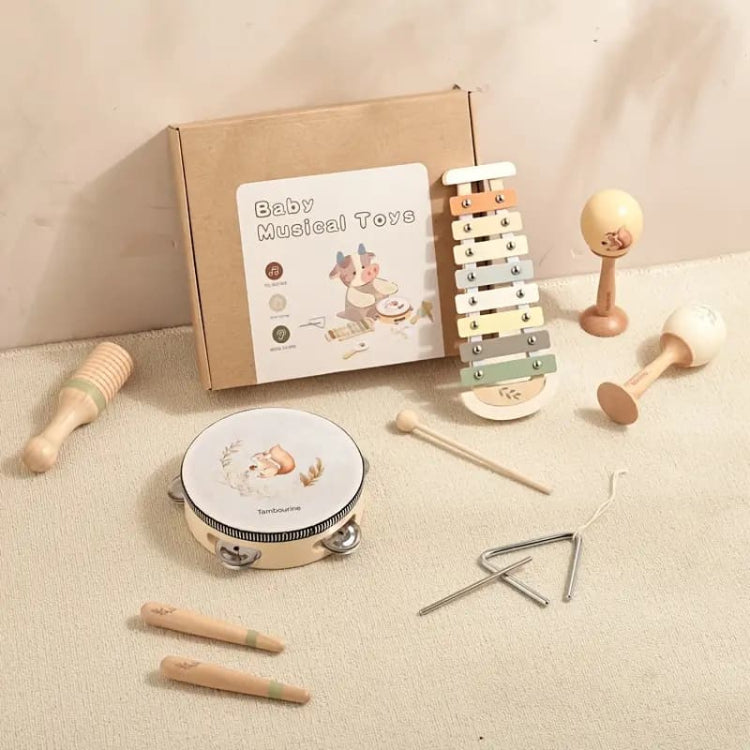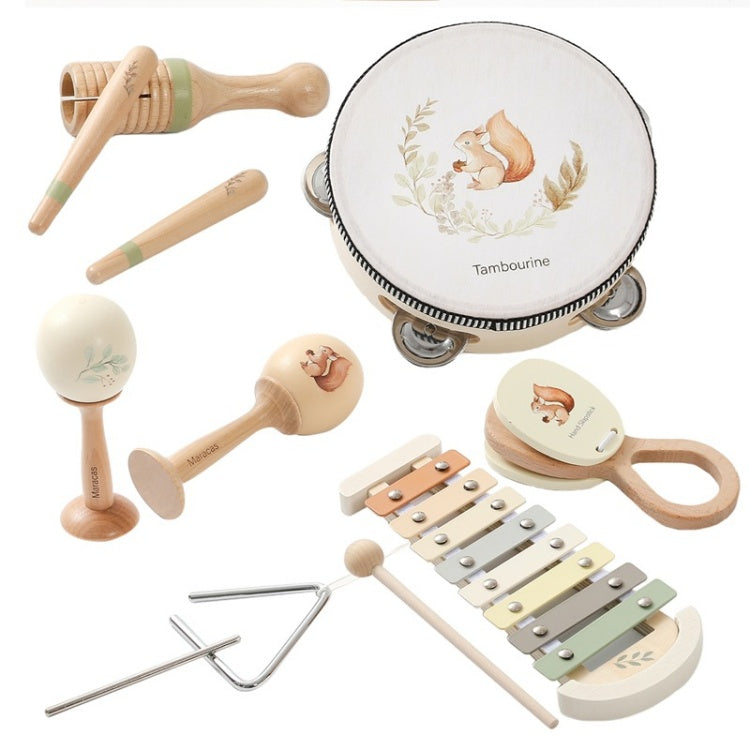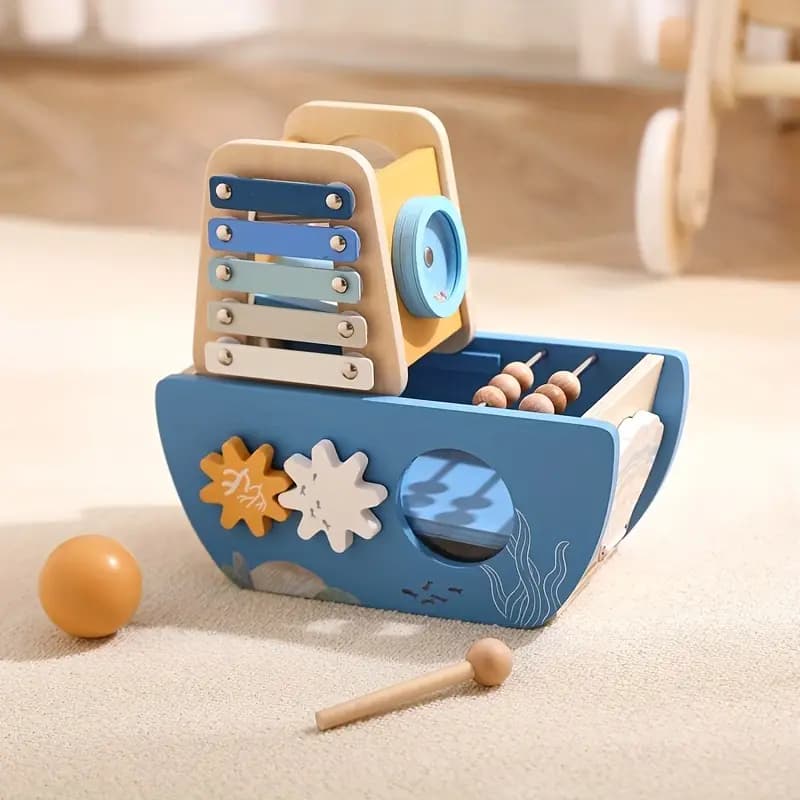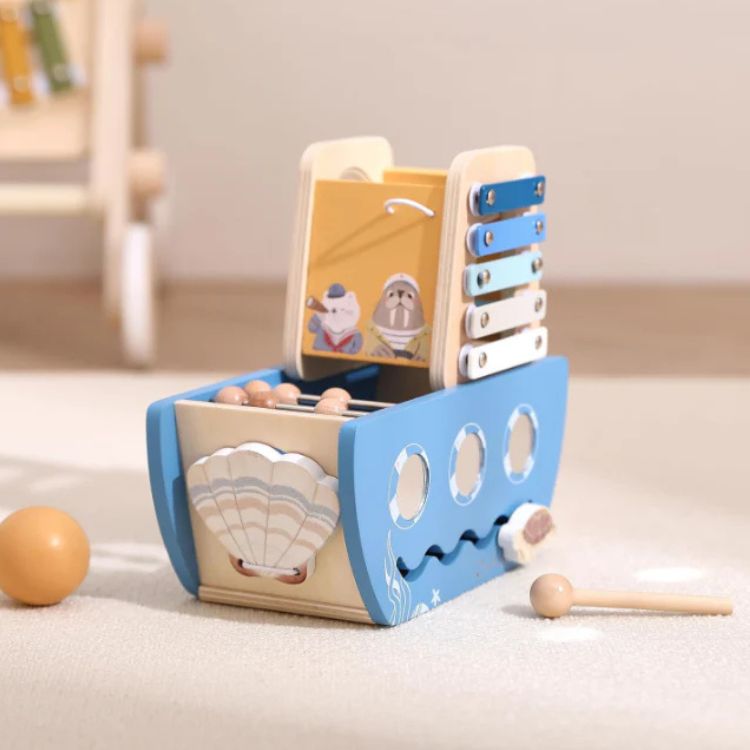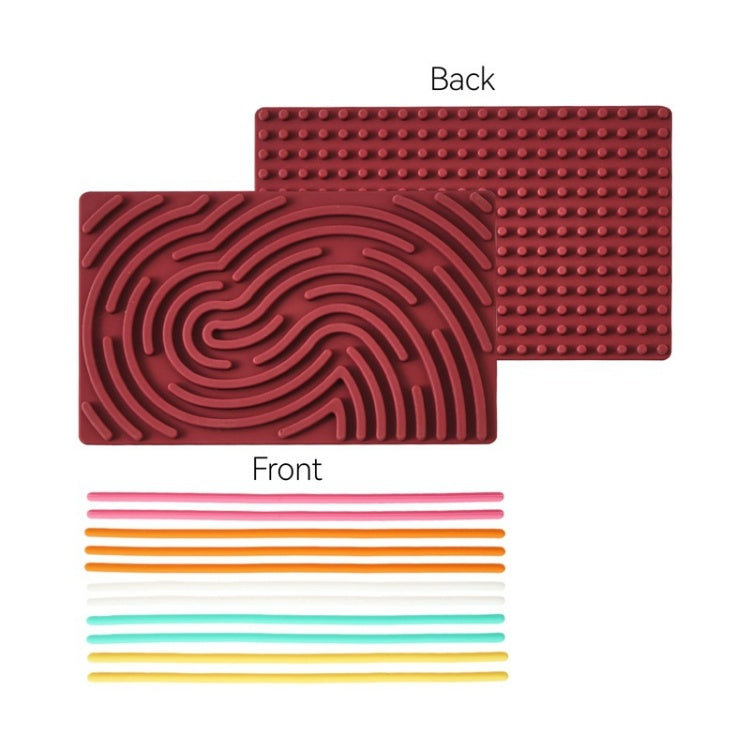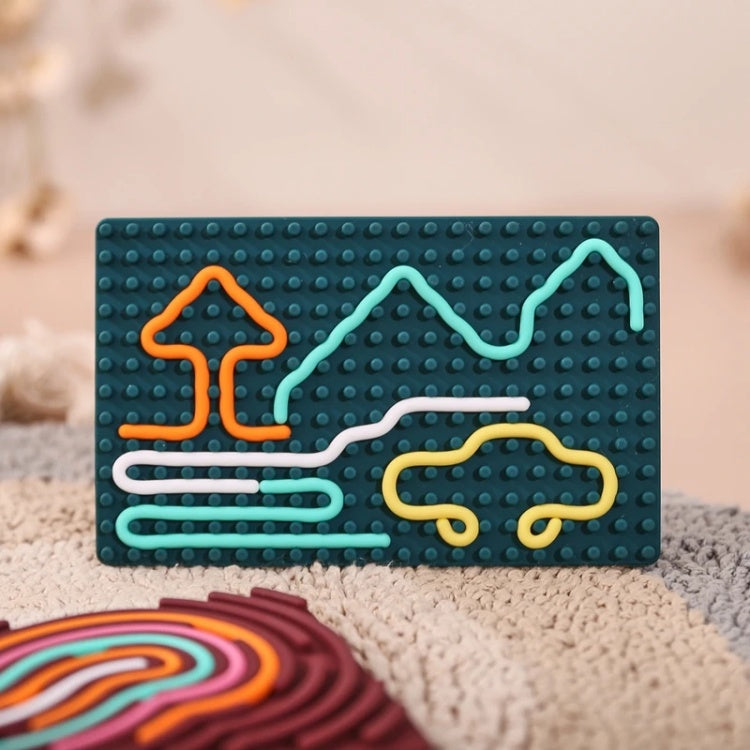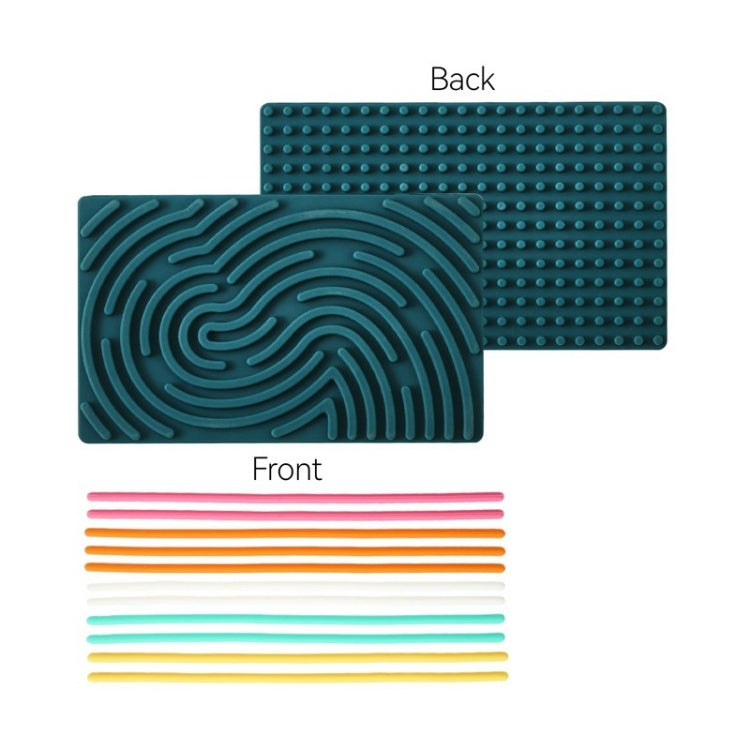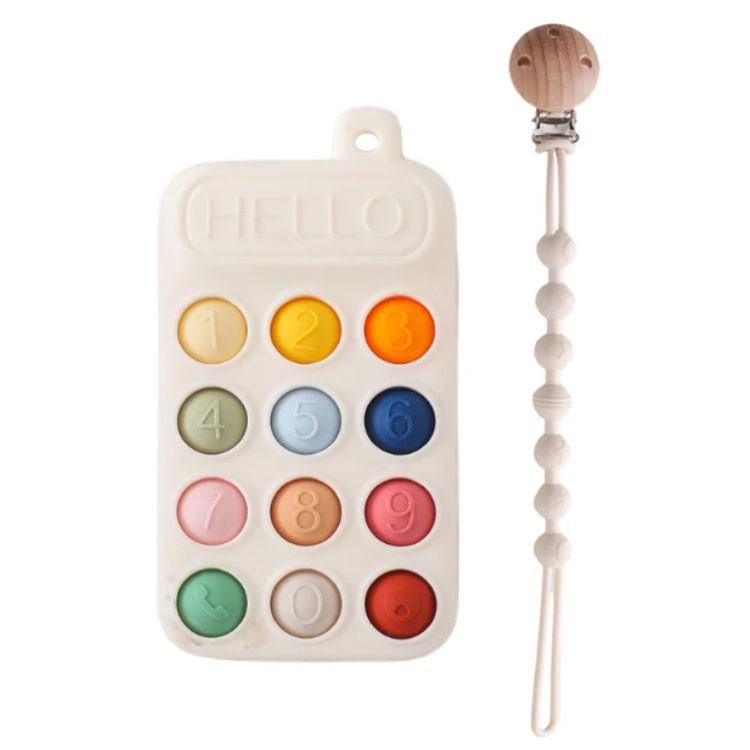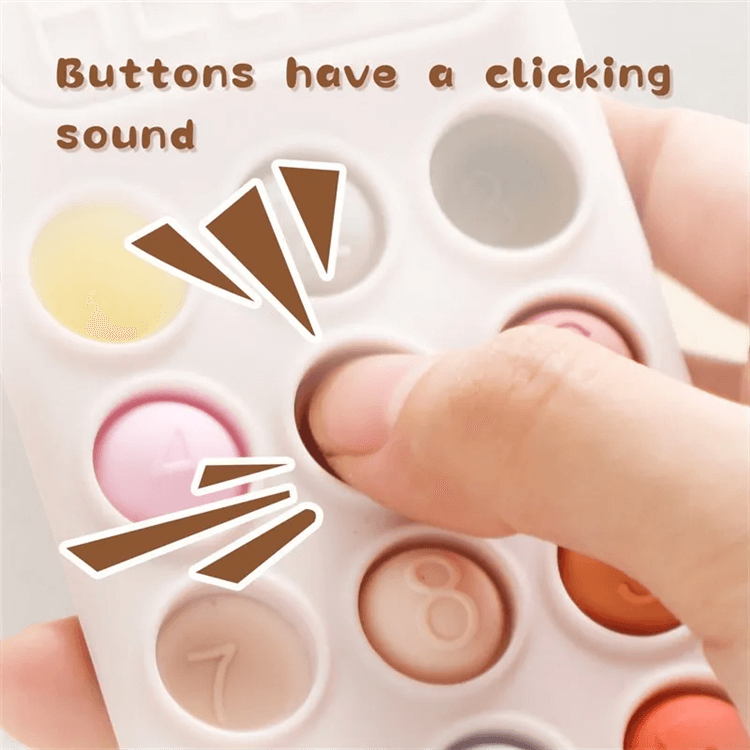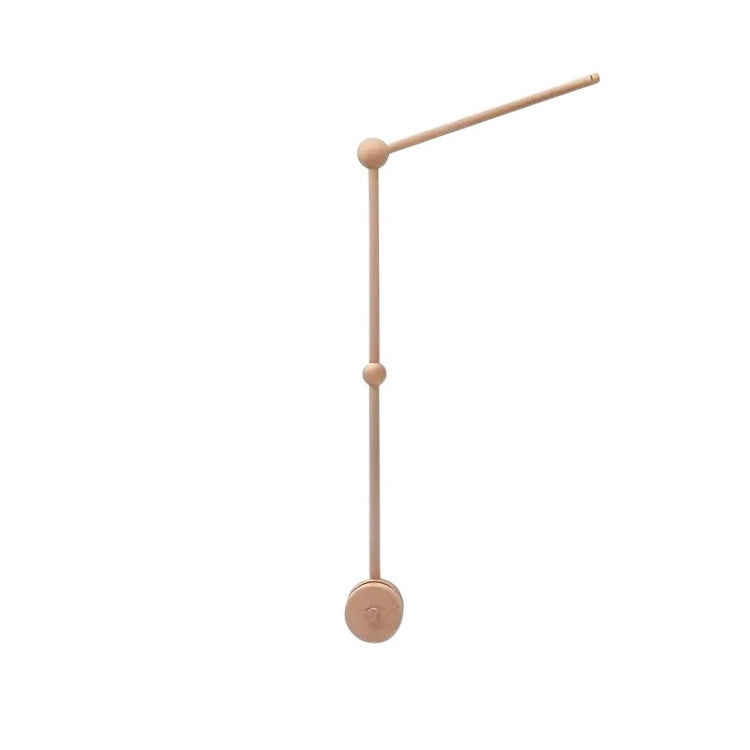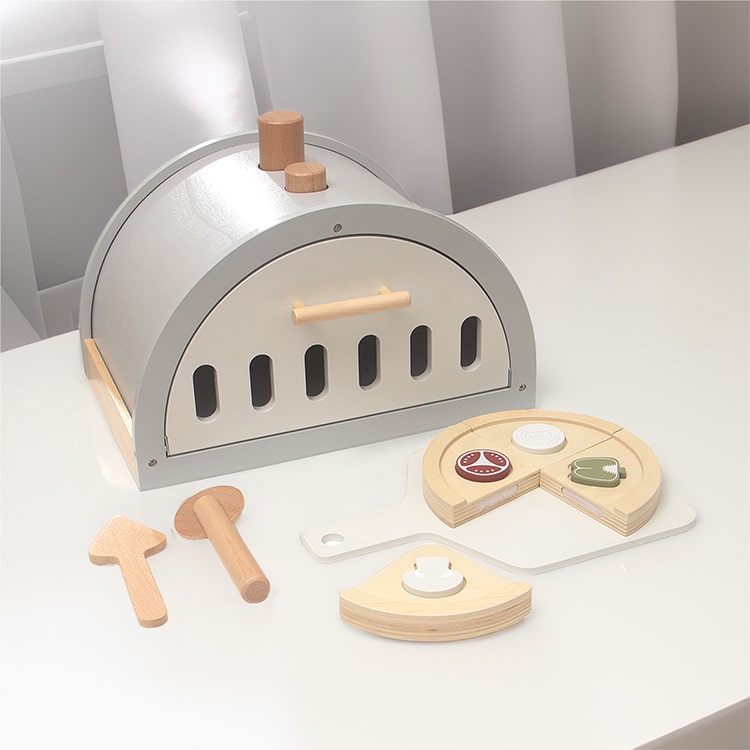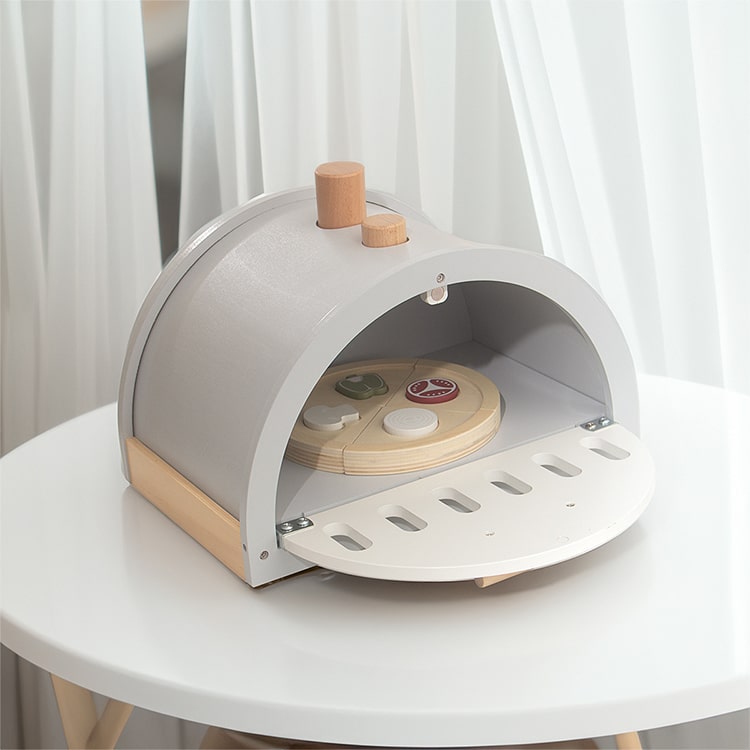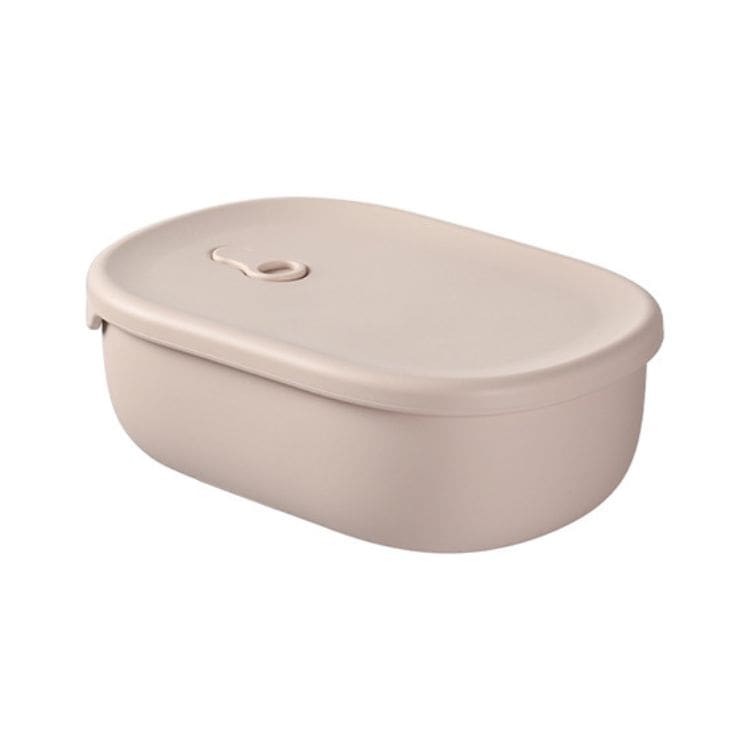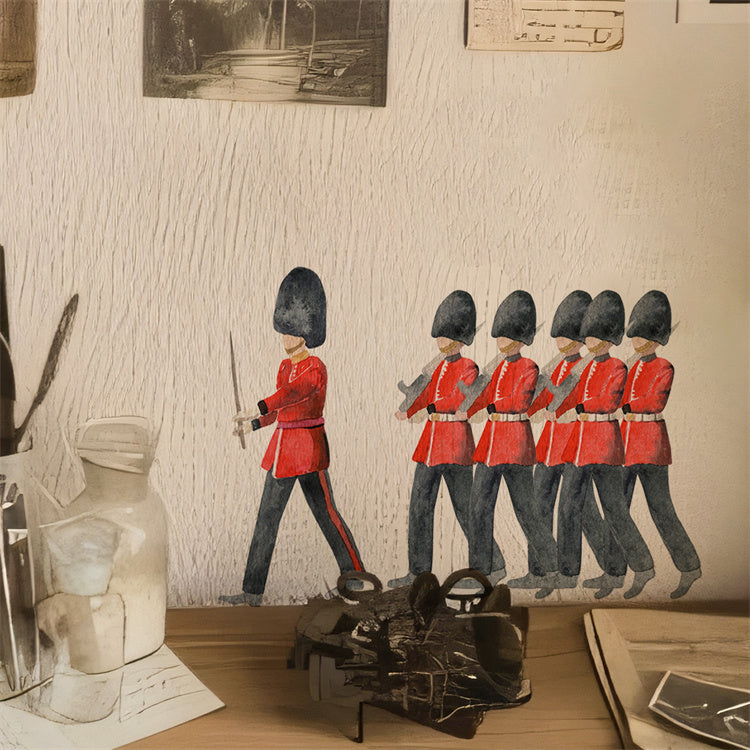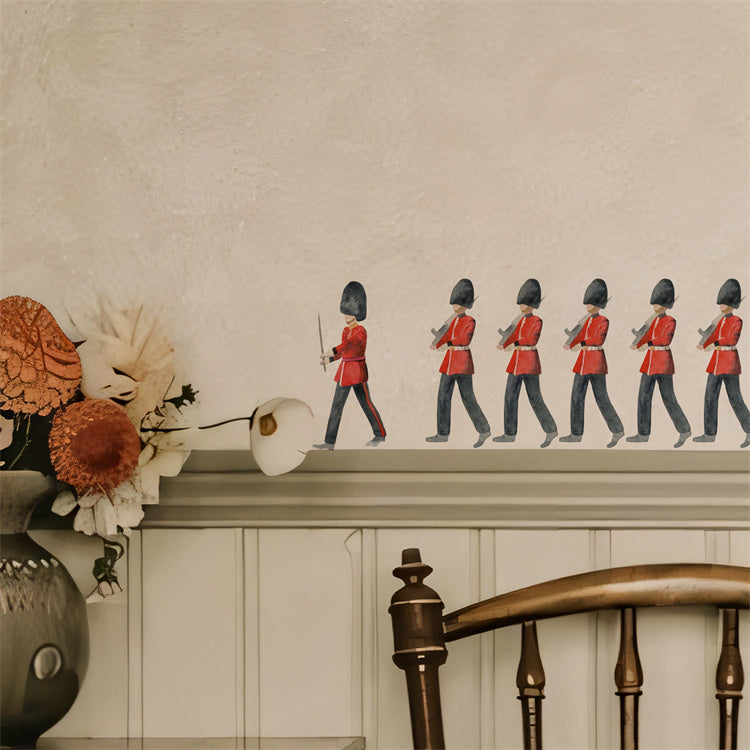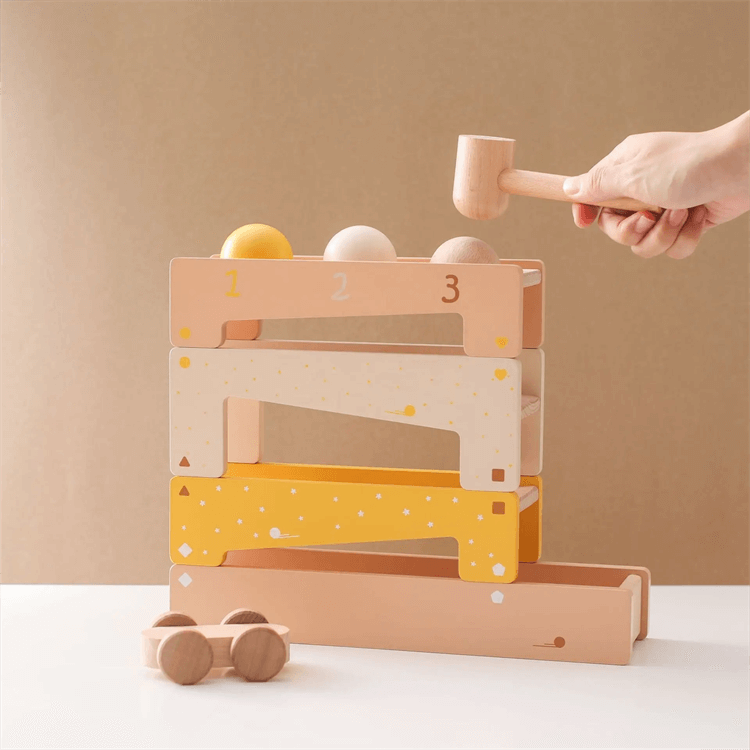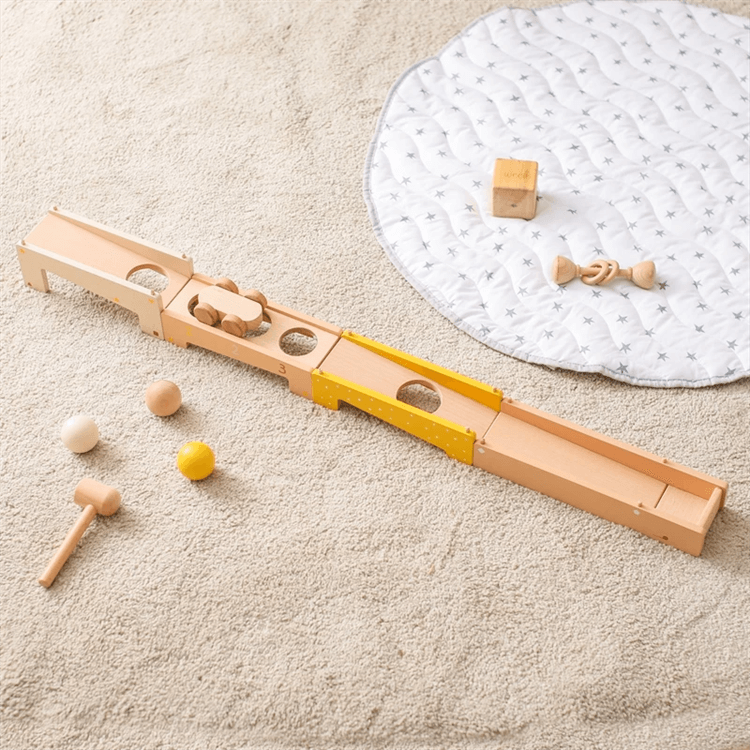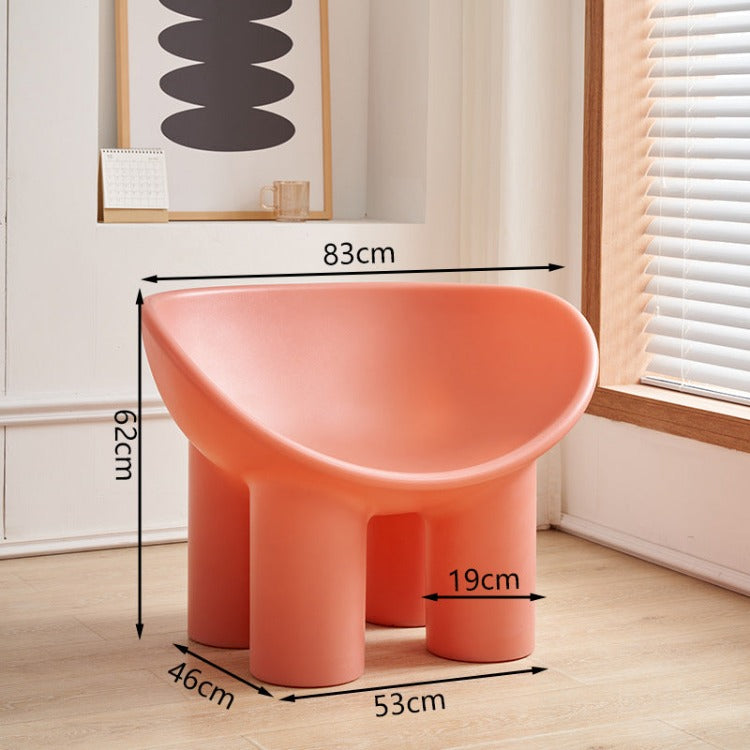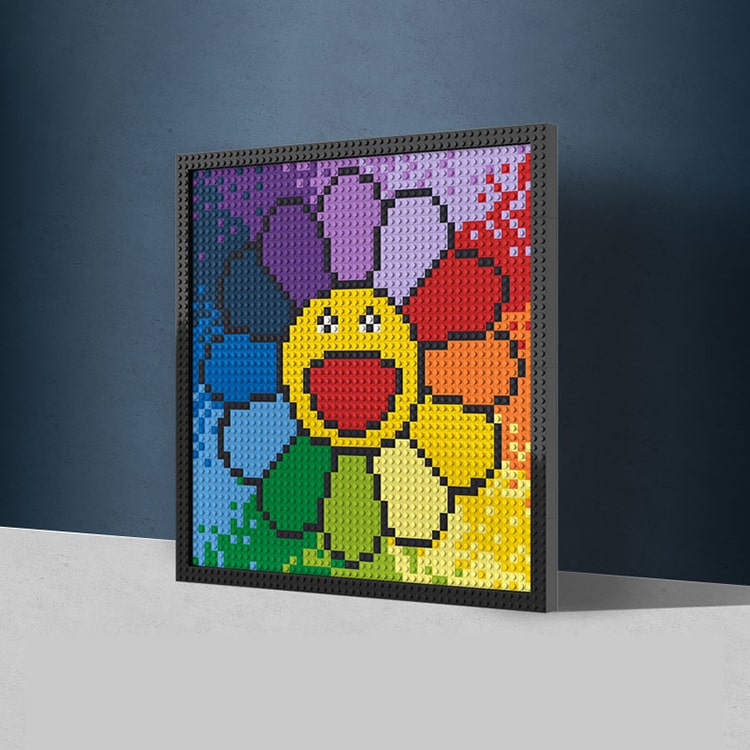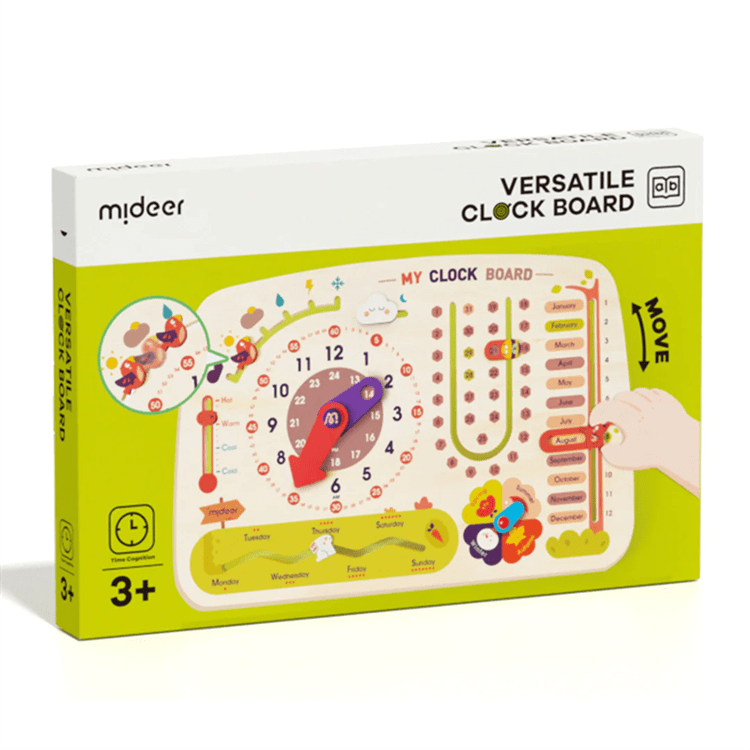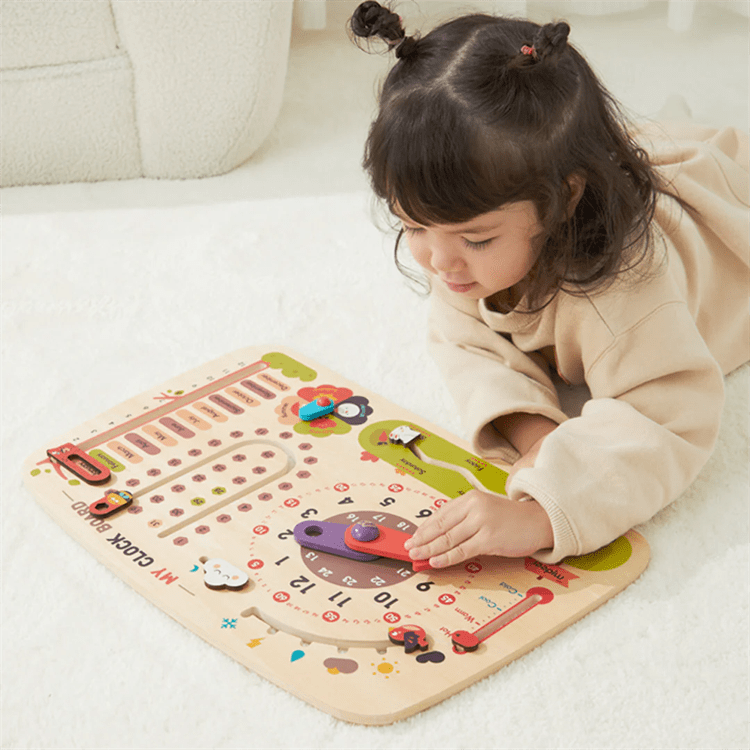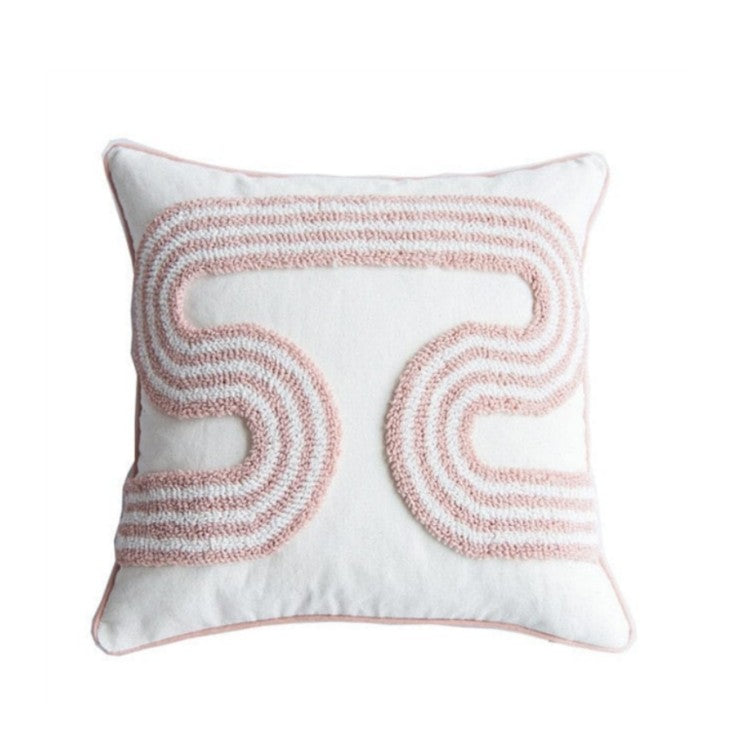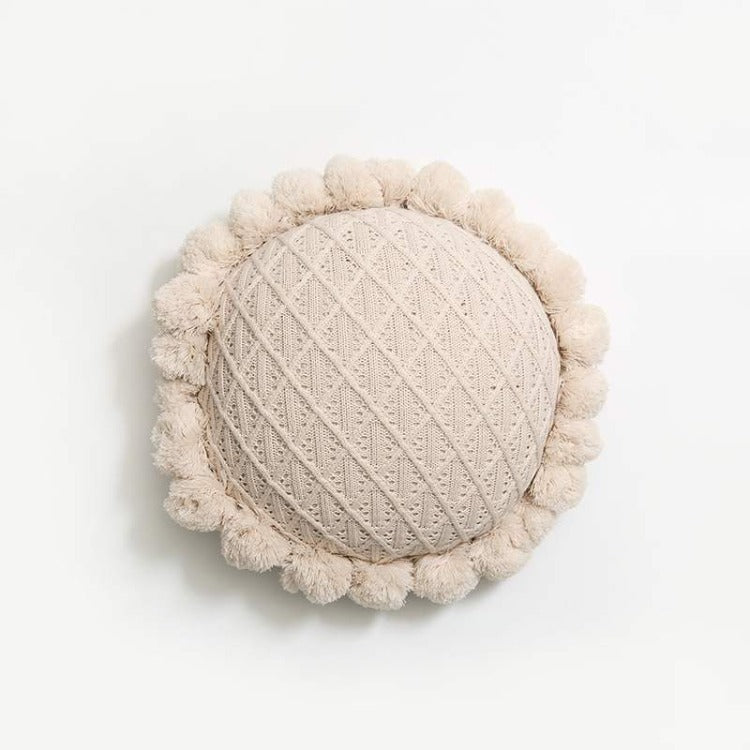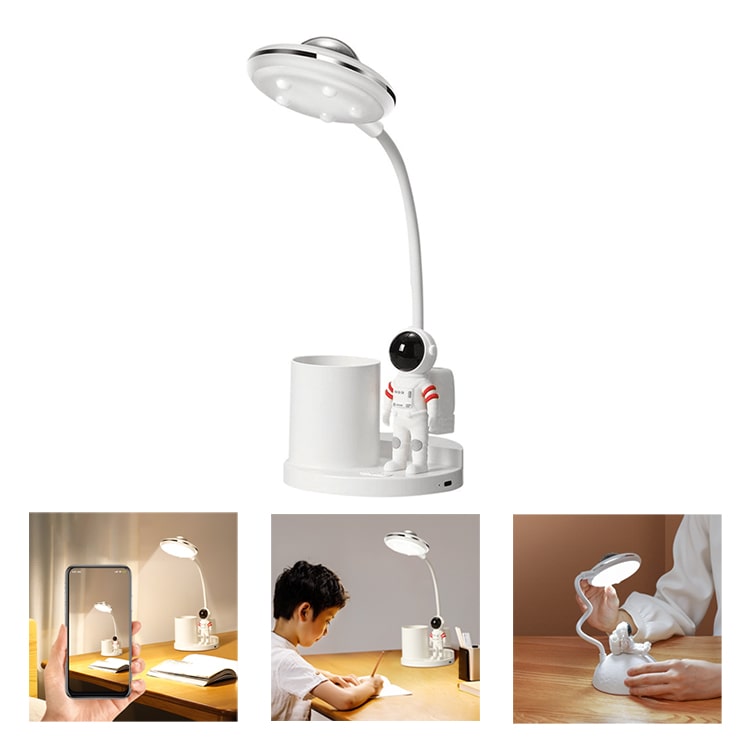
Scissor work, believe it or not, requires skill and it’s a practice that allows your children to enjoy many different benefits.
For one, it gives them the opportunity to practice independent movement of each finger, to strengthen hand muscles, to practice two-handed coordination as well as eye-hand coordination, directionality and fine motor skills such as finger dexterity.
Scissor work also promotes grasp pattern and it’s a great activity to improve focus and attention.
This activity requires children to have dominion over the skill of hand separation and it’s challenging for young children who have small hands. Scissor skills develop around the age of 6 even if some children can do scissor work when they’re 3 or 4 years old.
To help your children practice this ability, here’s what you need:
The Correct Scissors
Scissors come in all sizes, so you need to make sure you provide a pair that’s perfect for your child’s hand. If your kid is only just starting to practice scissor work, get them a blunt point scissor and make sure it’s not dull. If your child is left-handed, then get left-handed scissors. If your child has special needs, coordination problems or hand weakness, they will need an adaptive pair of scissors that’s appropriate for their situation.
Discuss Scissor Safety
When it comes to allowing your children to practice scissor work, the one thing you need to do is make sure they understand the rules of scissor safety.
Remind them that:
1. Scissors are only used for cutting paper. If they’re found cutting other objects or themselves, they will lose scissor privileges until you determine they’re ready.
2. You can’t walk or run while holding the scissors. The scissors are only for when they’re doing scissor work, but if they need to stand up or do something else, the scissors must stay on the table.
Practice Fine Motor Skills in Advance
Before you have taught your child how to use scissors, you need to practice fine motor skills in advance. There are many fine motor skills activities out there, such as using kitchen tongs to stack blocks, finger puppet play, and more.
Go Through the Steps for Scissor Development
Once you’ve helped your child strengthen their hand muscles and improve coordination skills, you can introduce scissor work.
The first thing you need to teach them is how to hold the scissors correctly. Position their wrist to make sure the thumb is turned upward, place their middle finger inside the opposite loop, and finally curl the ring finger and pinkie into the palm.
Show them how you do it yourself while you explain each step so they can see how it looks. They will need constant help at the beginning to understand what’s the proper hold, but they will get it eventually.
Once they’ve getting the hang of it, look for easy scissor work activities for them to enjoy and encourage independent cutting so they can learn how to use a pair of scissors on their own.
For one, it gives them the opportunity to practice independent movement of each finger, to strengthen hand muscles, to practice two-handed coordination as well as eye-hand coordination, directionality and fine motor skills such as finger dexterity.
Scissor work also promotes grasp pattern and it’s a great activity to improve focus and attention.
This activity requires children to have dominion over the skill of hand separation and it’s challenging for young children who have small hands. Scissor skills develop around the age of 6 even if some children can do scissor work when they’re 3 or 4 years old.
To help your children practice this ability, here’s what you need:
The Correct Scissors
Scissors come in all sizes, so you need to make sure you provide a pair that’s perfect for your child’s hand. If your kid is only just starting to practice scissor work, get them a blunt point scissor and make sure it’s not dull. If your child is left-handed, then get left-handed scissors. If your child has special needs, coordination problems or hand weakness, they will need an adaptive pair of scissors that’s appropriate for their situation.
Discuss Scissor Safety
When it comes to allowing your children to practice scissor work, the one thing you need to do is make sure they understand the rules of scissor safety.
Remind them that:
1. Scissors are only used for cutting paper. If they’re found cutting other objects or themselves, they will lose scissor privileges until you determine they’re ready.
2. You can’t walk or run while holding the scissors. The scissors are only for when they’re doing scissor work, but if they need to stand up or do something else, the scissors must stay on the table.
Practice Fine Motor Skills in Advance
Before you have taught your child how to use scissors, you need to practice fine motor skills in advance. There are many fine motor skills activities out there, such as using kitchen tongs to stack blocks, finger puppet play, and more.
Go Through the Steps for Scissor Development
Once you’ve helped your child strengthen their hand muscles and improve coordination skills, you can introduce scissor work.
The first thing you need to teach them is how to hold the scissors correctly. Position their wrist to make sure the thumb is turned upward, place their middle finger inside the opposite loop, and finally curl the ring finger and pinkie into the palm.
Show them how you do it yourself while you explain each step so they can see how it looks. They will need constant help at the beginning to understand what’s the proper hold, but they will get it eventually.
Once they’ve getting the hang of it, look for easy scissor work activities for them to enjoy and encourage independent cutting so they can learn how to use a pair of scissors on their own.














